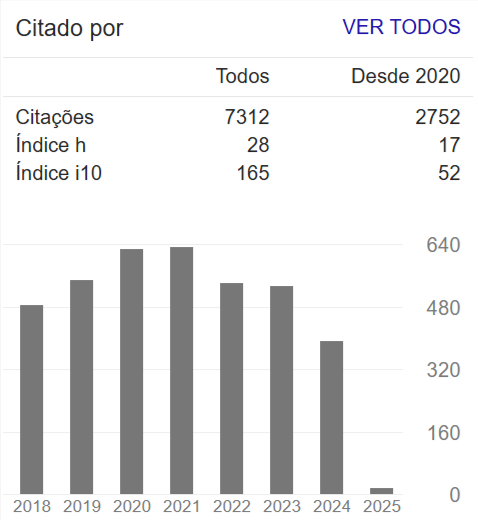HYDROGEOLOGICAL MAPPING IN THE SEMI-ARID ENVIRONMENT OF EASTERN JORDAN USING AIRBORNE MULTIPOLARIZED RADAR IMAGES
Resumo
This study focuses on the information content of HH, VV, VH and HV polarized airborne SAR data to evaluate which of these polarizations is more appropriate to facilitate mapping of lineaments and detailed drainage of wadis. It is known that a good knowledge of surficial lineaments and drainage network can help to locate wells and surface water retention dams used for groundwater recharge. The study area is located near the village of Azraq in the semi-arid environment of
Eastern Jordan. In Jordan, water availability is a very acute problem as the demand is increasing and reserves are decreasing. A large amount of the water has always been
obtained from deep wells but now, the rate of pumping exceeds the rate of replenishment. Additionally, the salinity is getting to a level where it is unsuitable for consumption. The area receives an average of 50 mm of rain a year mostly between October and March. Natural vegetation is very scarce and survives only in the temporary river channels. Since vegetation is very scarce, the water is rapidly evacuated and recharge of the underground water table is minimal. The area has a flat topography with slight depression enabling drainage during the “rainy” season. We use a set of airborne Synthetic Aperture Radar (SAR) images of Eastern Jordan obtained from a survey flown in 1993, as part of the Canada Centre for Remote Sensing’s GlobeSAR-1 project. All images were analyzed in order to enhance a maximum of
hydrogeological information. Results show that the crossed polarizations images (HV or VH) and to a lesser extent, the HH like polarization images show a good contrast and enough details to permit hydrographic network mapping in the wadi (dry river beds) where a minimum of vegetation is available. The VV polarization is not as sensitive to vegetation presence but permits a better positioning of the wadi banks and is useful to map roughness variations within playas.

















